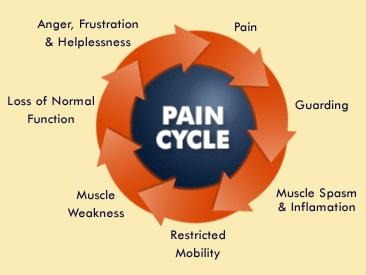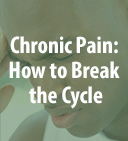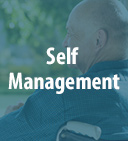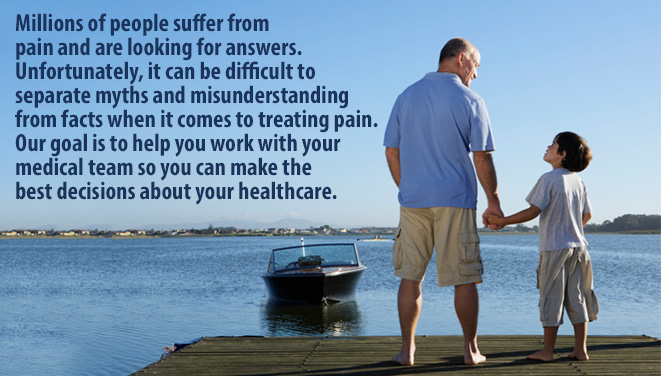 Veteran/Public Tools Available
Veteran/Public Tools Available
The following new resources have been added to:
Complementary Treatments - Home Practice Exercises
- Listing of yoga, tai chi, and acupressure exercises
Chronic Pain 101
- Cognitive Behavioral Therapy for Chronic Pain (CBT-CP)
- Proven Treatment CBT for Chronic Pain
Self Management
- Moving Forward Course
- Pain and Me: Tamar Pincus talks about chronic pain, acceptance and commitment
Chronic pain is more prevalent and of greater intensity in Veterans than in the general population.
Reclaiming Your Life From Pain
Living with chronic pain is challenging. It often feels like you just need the right medication or treatment to take the pain away. But often that’s not enough, especially with chronic pain. In fact, the best any medication or medical procedure has given you, or ever could give you, is 25 or 30 percent relief.
There are many other approaches to managing chronic pain, and better relief is often found when medications and invasive interventions are combined with or even replaced by active rehabilitation and education approaches, and behavioral-psychological treatments. This supports and strengthens the capacity of the person living with chronic pain to manage his/her symptoms in a way that fosters a more satisfying and vital life. In fact, rehabilitation through cognitive, behavioral, and physical reactivation treatments (also called functional restoration) often lessens or avoids the need for medications and other more invasive procedures.
► ACPA - Stanford Resource Guide to Chronic Pain Management
Living Better with Chronic Pain – A Resource for Veterans

|
Veterans/Public Pain Management - Resource Topics
 |  |  |  |  |

